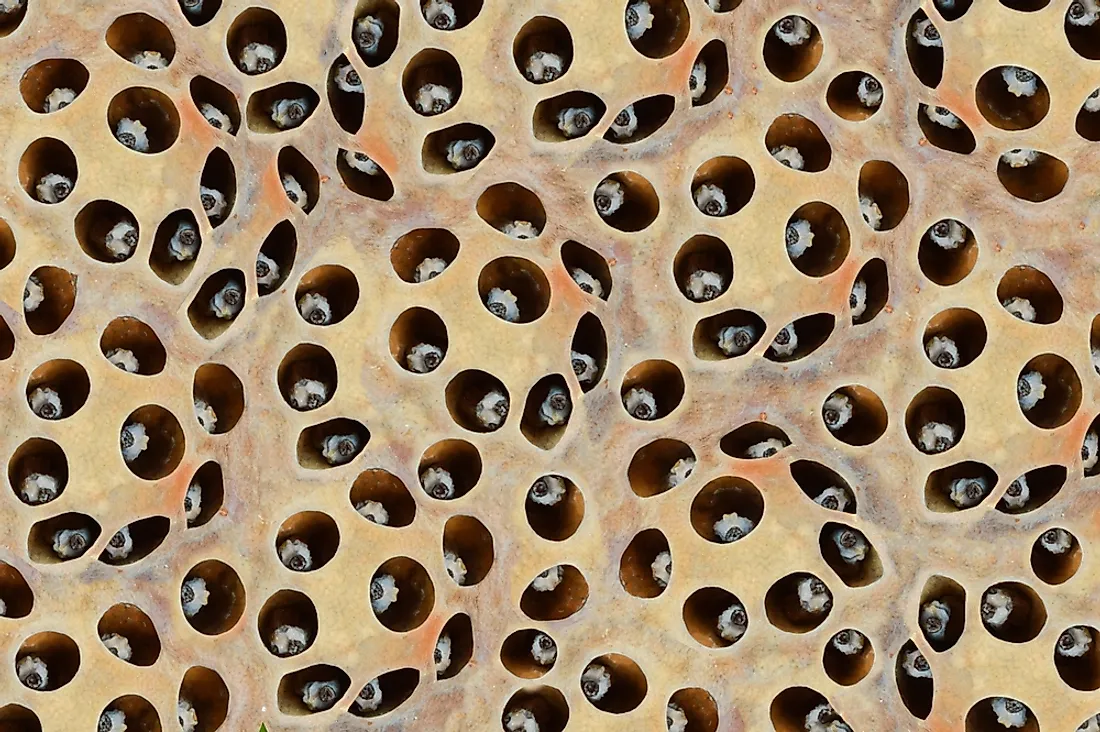What is Trypophobia?

Trypophobia is one of the many unusual phobias that many people report to suffering from. Trypophobia emanates from the Greek words Trypa meaning "a hole" and Phobos used to refer to fear. Therefore, trypophobia is a description of the fear of holes packed together to form clusters. It's the intense fear of holes which leads to an uncomfortable state or feeling itchy when one sees a group of small clustered holes. Researchers believe that the condition is evolutionary and it originated from the association of holes with diseases. Although recently having become widely recognized through the internet, this condition has not yet been recognized officially as a mental disorder by most researchers and the diagnostic and statistical manual.
Symptoms of Trypophobia
People who have this conditions have reported various symptoms. At the instant of seeing holes clusters, they relate it with danger, therefore making their bodies react in various ways. Some of the symptoms including sweating, feeling as though the skin is crawling, itchiness, and discomfort. Illusions and straining of eyes is another typical symptom. Finally, goosebumps and panic attacks have an association with trypophobia.
Causes
Previous researchers suggest that trypophobia originated from the fear of some animals with round shapes over their bodies and which were poisonous. An example of such animals are the poisonous blue-ringed octopus and snakes. In such case, people will think they see a dangerous animal whenever they see a cluster of tiny holes.
Recent studies have suggested something different from the earlier studies. Recent researchers have claimed that Trypophobia may have a connection to the relating group of holes with ancient human diseases. As noted by the scientists, most diseases which are infectious causes many round shapes to form in the body skin. Examples are scarlet fever, smallpox, and measles, among many others. As a result of the correlation between diseases and clustered holes, researchers have therefore supported the theory that the fear of clustered holes results from relating the holes to diseases.
Treatment
Trypophobia can be cured using various therapies as suggested by scientists. A process of desensitizing the feeling of fear of holes is applied while attempting to curing trypophobia. The process is referred as Cognitive-Behavioral Psychotherapy. With this therapy, victims of trypophobia are required to desensitize their bodies in many ways. First, they can increase their exposures with the type of holes they fear, this will help in reducing the fear associated with such holes. Understanding what someone fears and the cause, together with the harm they cause, may also reduce the sensitivity to holes.
Secondly, people with trypophobia can use a havening technique to conquer it. This curing method includes therapeutic patterns and touching. The havening may involve understanding the kind of holes one fears then trying to count the holes repeatedly. Touching the holes is also part of the process. The process is more effective to undertake while humming a favorite melody.











